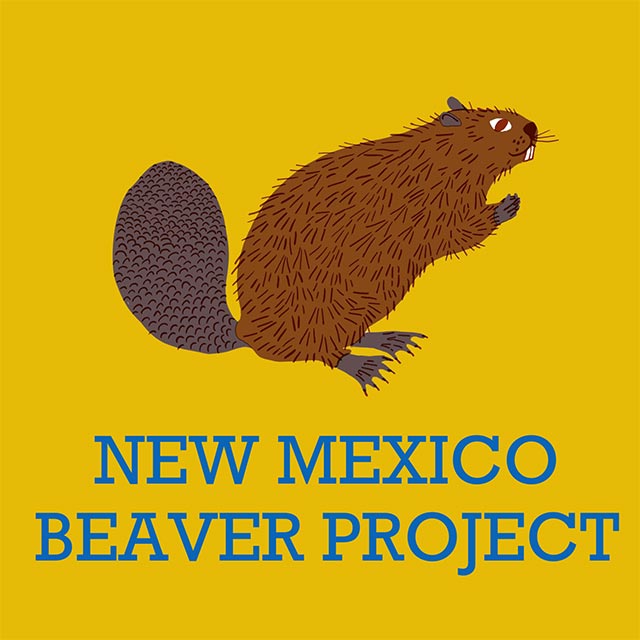Beavers are native to Northern California, but their population was practically decimated during the fur rush in the 1800s, when maritime traders converged in the Bay Area and California’s Central Coast to harvest the valuable, chestnut-colored fur from the species, as well as otters, seals, mink and other mammals. By 1912, fewer than a thousand beavers lived in California.
Because beavers don’t reproduce prolifically like other rodents (they tend to have one to two litters of just a few young per year) and juveniles typically have a 45% survival rate, Cook said allowing them to disperse and reestablish their territory can be a lengthy and challenging process. Human-wildlife conflict arises, and when people don’t like the impacts to the landscape that beavers can cause, like minor flooding and tree damage, the animals have to be removed, Cook said.
But at the same time, Cook said, many government agencies statewide are spending hundreds of thousands to millions of dollars a year just to mimic what beavers naturally do to restore the natural ecosystems they live in. The animals are capable of reconnecting streams to floodplains and can help recover near-extinct species like coho salmon by creating new wetland habitats and encouraging the growth of the plankton and insects they feed on. Beaver dams can also slow down water flow and improve water quality by preserving sediment and nutrients in streams.

